50 billion years of animal evolution under threat from human activity, study says
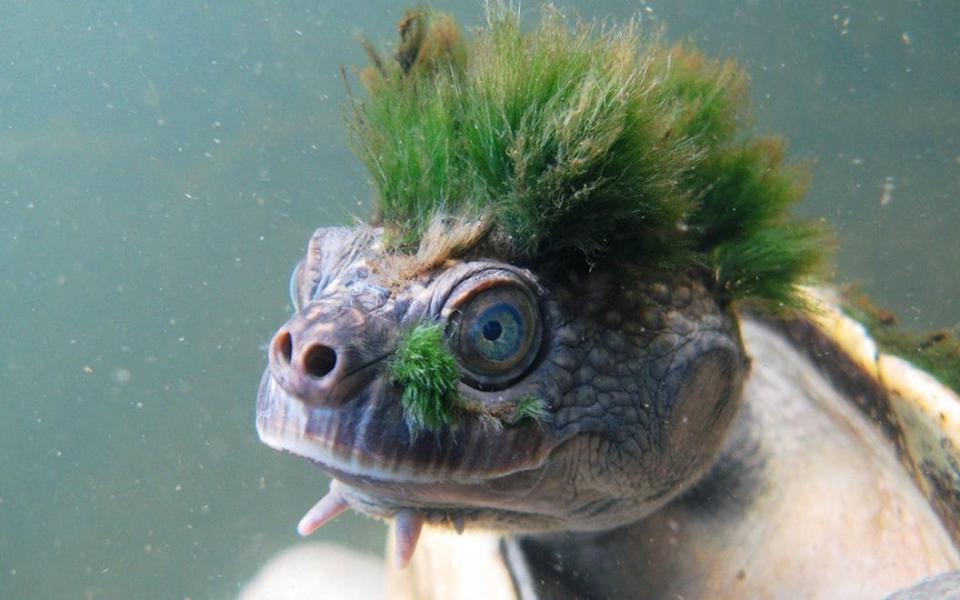
Fifty billion years of evolutionary history is under threat from human activity, according to a new study which suggests some of the most threatened areas contain the most unique animals.
Branches of the tree of life will be cut by the loss of animals such as the Mary River turtle, native to Queensland, Australia, recognisable by its punk-like algae ‘hair’, whose evolution stretches back 40 million years. The turtle, which breathes out of its genitals underwater and doesn’t reach sexual maturity for 25 years, is threatened by the pet trade.
Other highly evolutionarily distinct species include the Aye-aye lemur, which are found only on the island of Madagascar, where in 1990 Gerald Durrell embarked on a rescue mission to save dwindling numbers of the long-finger and bushy-tailed primate from the effects of deforestation.
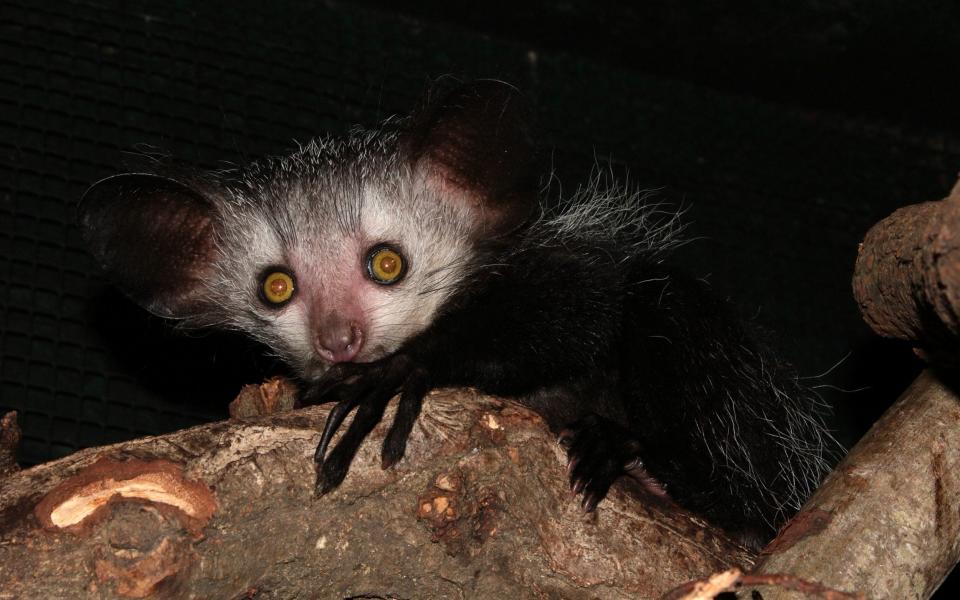
The study was led by Imperial College and the Zoological Society of London, which works to protect species of high evolutionary importance through its EDGE of Existence programme.
“Our analyses reveal the incomprehensible scale of the losses we face if we don’t work harder to save global biodiversity,” lead author Rikki Gumbs said. “To put some of the numbers into perspective, reptiles alone stand to lose at least 13 billion years of unique evolutionary history, roughly the same number of years as have passed since the beginning of the entire universe.”
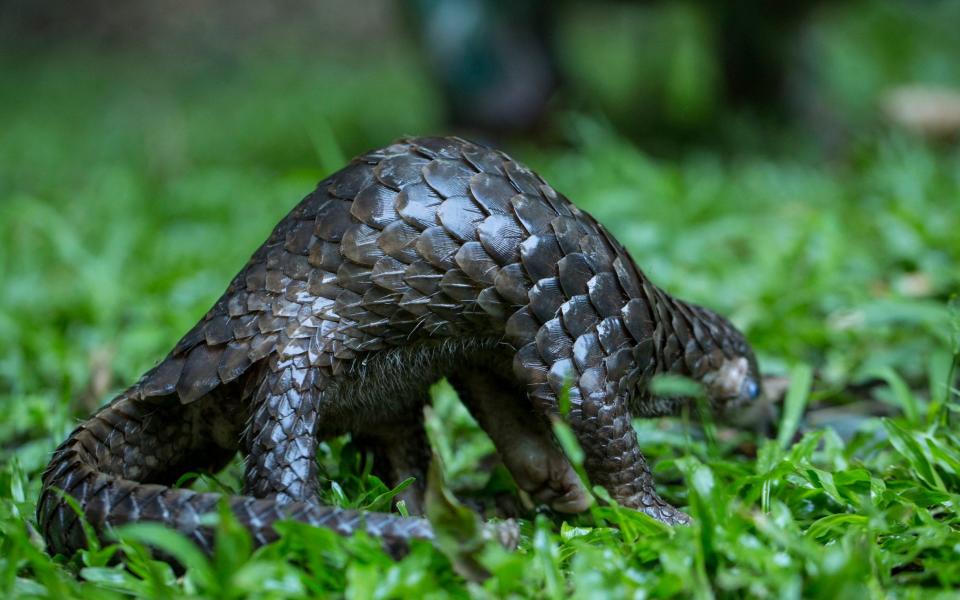
Huge losses to evolutionary history will also be felt in the extinction of entire groups of species that are closely related and share branches on the tree of life, including tapirs and pangolins. Pangolins, the world’s most trafficked mammals, have been inconclusively linked to the outbreak of Covid-19, boosting calls for a crackdown on the illegal trade in the animals.
The study looked at extinction risk data for around 25,000 species, and suggests the numbers may be vastly underreported because of a lack of knowledge about many species, particularly lizards and snakes.
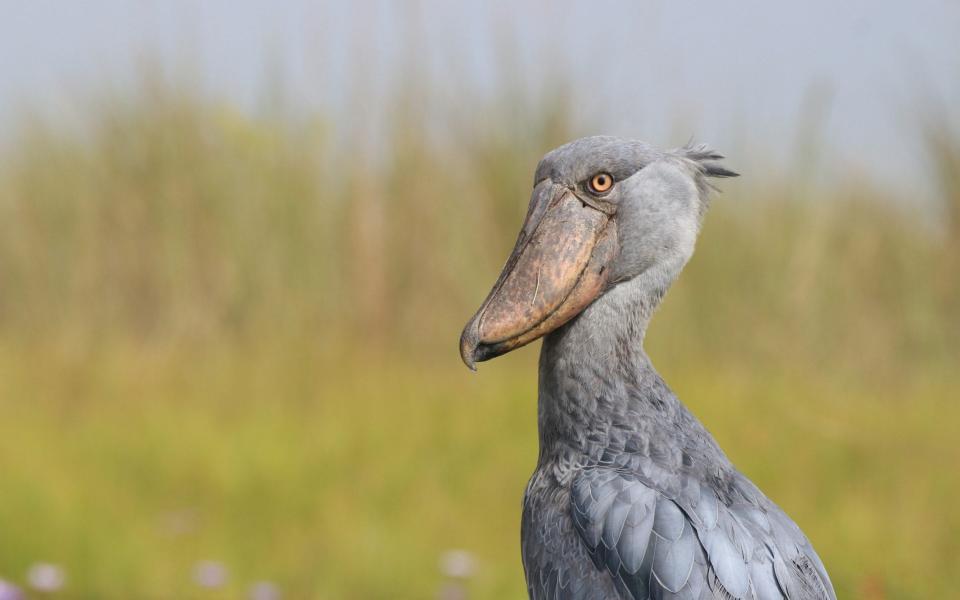
“These are some of the most incredible and overlooked animals on Planet Earth,” said Mr Gumbs. “From legless lizards and tiny blind snakes to pink worm-like amphibians called caecilians, we know precious little about these fascinating creatures, many of which may be sliding silently toward extinction.”
The researchers also found that many areas that have particularly high numbers of animals with unique evolutionary history are facing particular human pressure, including the Western Ghats in India, under threat from deforestation, and the Caribbean, which is threatened by marine pollution and rapid development.
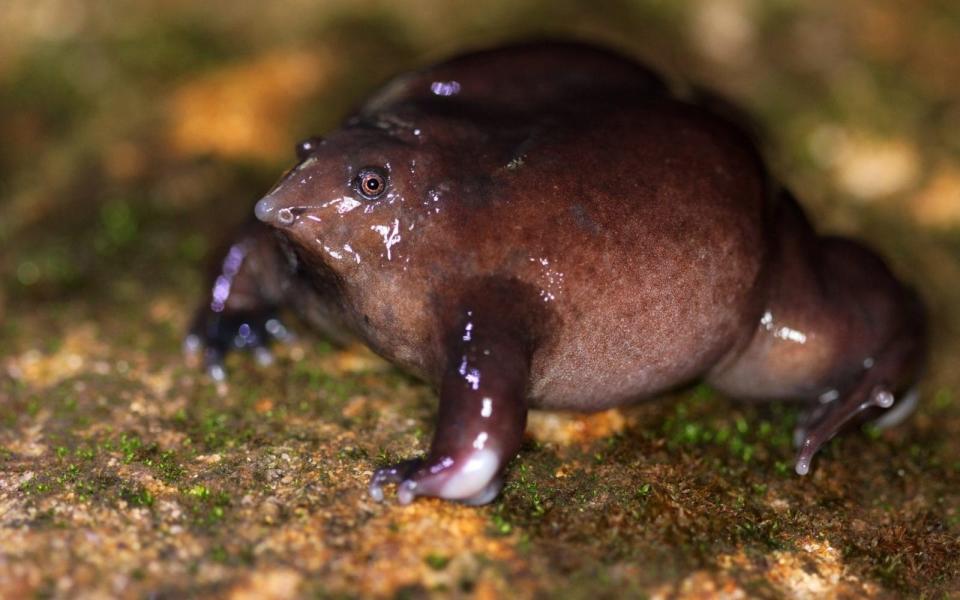
The Western Ghats, a forested mountain range, is a global biodiversity hotspot, home to hundreds of animal species, around half of which are globally threatened, including the lion-tailed macaque.
It said focusing on these areas should be a priority for conservation programmes.
The United Nations warned last year that one million species are at risk of extinction, putting the ecosystems that human society relies upon in jeopardy.
The study’s co-author, Dr James Rosindell, from Imperial College London, said its findings “highlight the importance of acting urgently to conserve these extraordinary species and the remaining habitat that they occupy - in the face of intense human pressures.”
